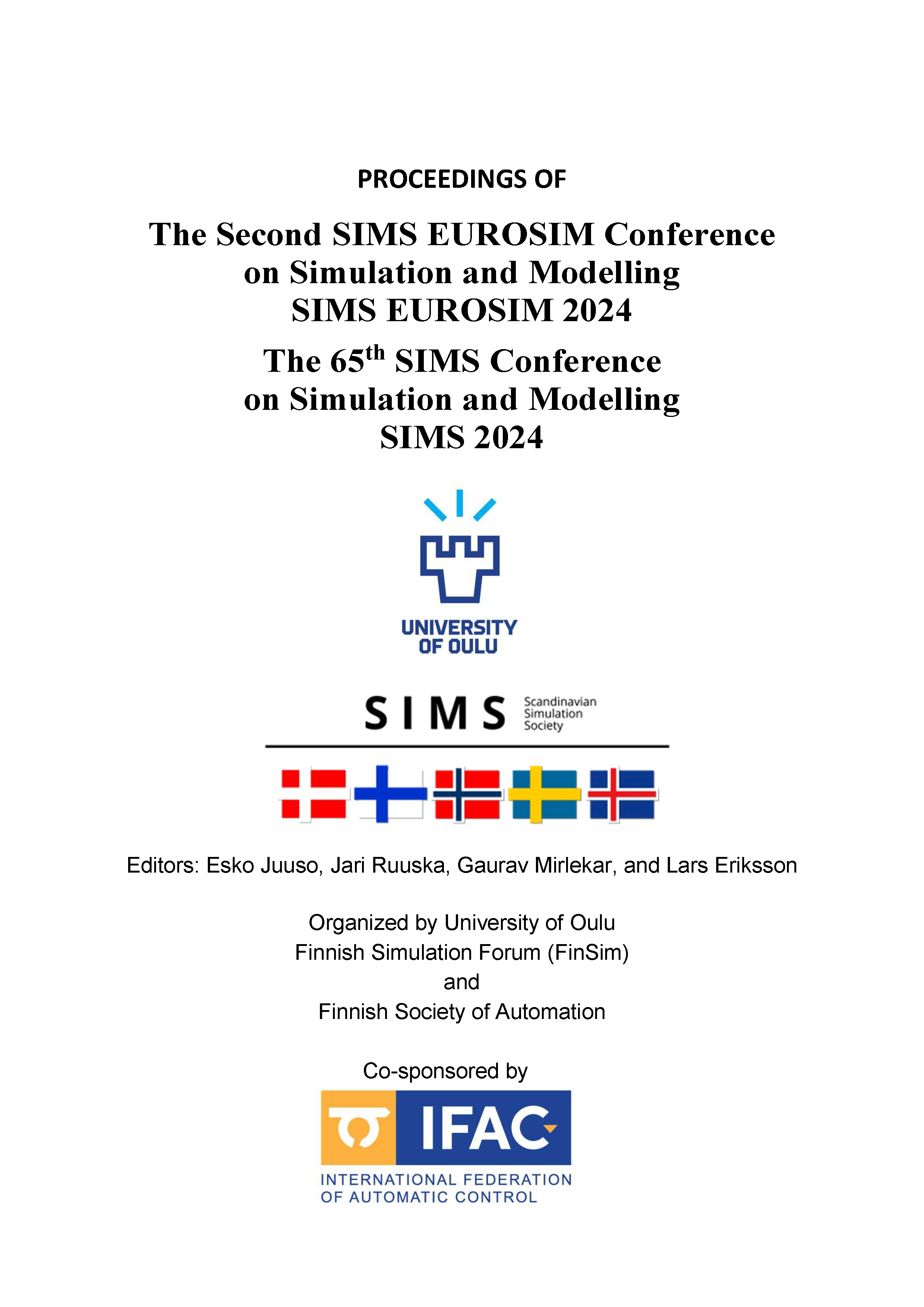Experimental and computational studies to investigate flow dynamics of Geldart A and Gledart B particles in a Circulating Fluidized Bed (CFB)
DOI:
https://doi.org/10.3384/ecp212.043Keywords:
Circulating Fluidized Bed, Fluidization, Minimum fluidization velocity, CFB, simulation, CPFD, Grid SizeAbstract
Circulating fluidized beds is one of the emerging technologies to convert waste to energy and an attractive method on a large scale. Key components such as the loop seal, gas distributor and cyclone separator play pivotal roles in facilitating solid recirculation and heat transfer within the system. This study focuses on the design and optimization of a CFB reactor using data derived from Barracuda Virtual Reactor software (CPFD). Initially, data from a small scale CFB reactor with main dimensions of 84 mm diameter and a loop seal diameter of 34 mm was utilized for simulation validation. By comparing simulation results with experimental data, the accuracy and reliability of the computational model were ensured. Subsequently, different reactor models were constructed and analyzed to explore various configurations and operating conditions. The results obtained from simulation based design and optimization provided valuable insights into achieving the optimal performance of the CFB system. By refining geometry, efficiency was increased by 32%. Overall, this study contributes to advancing the understanding, application and design modification of CFB technology in waste to energy conversion and large-scale industrial processes.Downloads
Published
2025-01-13
Issue
Section
Papers
License
Copyright (c) 2025 Subham Kandel, Niroj Koirala, Nirajan Raut, Rajan Jaiswal, Sunil Prasad Lohani, Britt Margrethe Emilie Moldestad

This work is licensed under a Creative Commons Attribution 4.0 International License.

